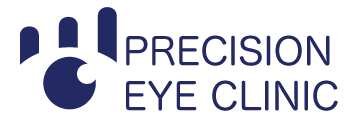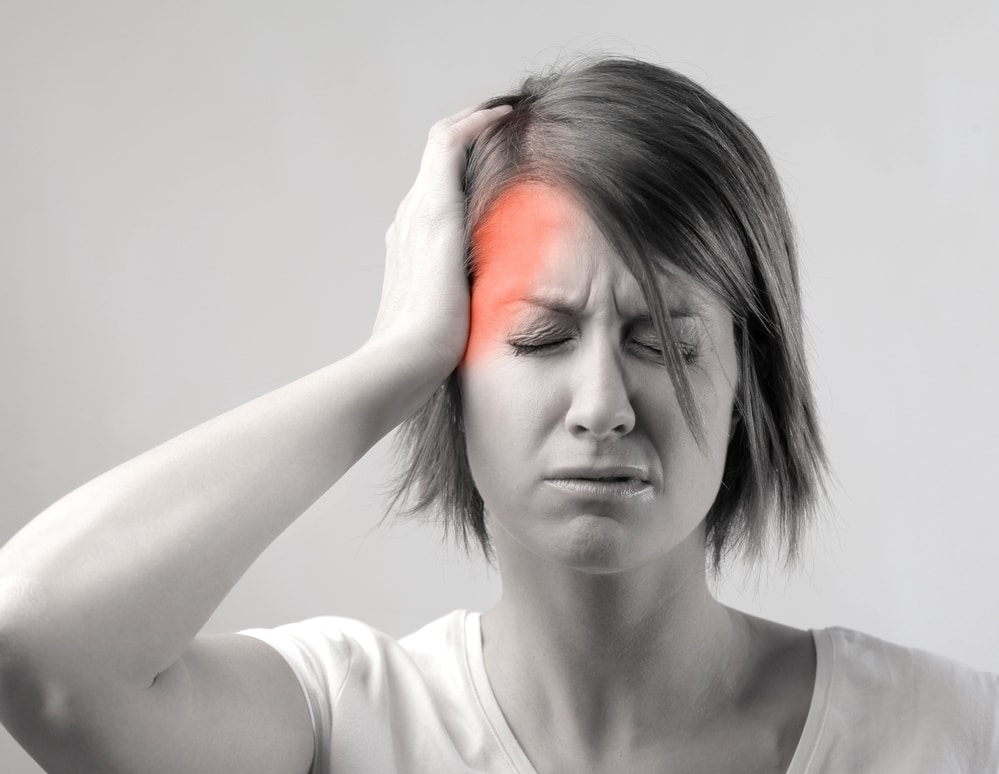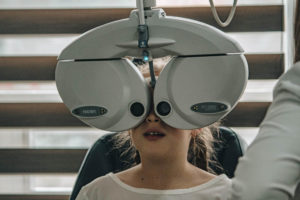Everything that happens in your body is connected. Our eyes are a very crucial part of our body not only because we see through them, but also because the working mechanism is more complex than most other organs. The delicate nerves in our eyes are connected to the neurons in the brain. The unnerving sensation in your head could be a sign that your eyes need attention.
The characteristic of eye strain
Eye strain is caused when the vision in two eyes are not aligned. It is also caused by improper focusing (nearsighted or farsighted). Some people may feel that their eyes are overdone after the daylong hard work and experience headaches as a continuation. This typical strain and headache usually start when using your eyes for an extended period—for example, using a computer, reading, or even sewing. In that case, you need to figure out the reason behind the eye strain. In many cases, you need glasses to correct the alignment of the eyes.
How can you recognize if the headache is due to eye pain?
Optic nerve conditions: When there is high pressure in the brain, the optic nerves may get swollen. This may be caused by a brain tumor, which may also produce double vision in extreme cases. The person may experience episodes of visual loss, blurred vision, double vision, and whooshing sound in the ear. The ophthalmoscope is the machine for detecting optical nerve swelling in the patients.
Astigmatism, or cornea related issues: In astigmatism, the cornea is not properly shaped, and you often need to squint your eyes to focus on your vision. The cornea has a rich nerve supply and is very sensitive. Any disturbance on the cornea surface, no matter how small, can cause immense pain. When the cornea is scratched and injured, it impacts the brain along.
Eye Inflammation
Eye inflammation is accompanied by redness and swelling of the eye and eyelids, discomfort eyeball movements, light sensitivity, etc. Eye inflammation may be triggered by problems with peripheral vision or a tumor behind the eyes. In any circumstance, to feel mild to a severe headache is normal.
Glaucoma
Glaucoma produces bulging, red-eye, and blurred vision. In glaucoma, pressure accumulates in the eye due to its inability to draining fluids properly. Open-angle glaucoma does not have any ready symptoms, but angle-closure glaucoma causes eye-pain and headache.
Temporal arteritis
It is a headache disorder that develops in older adults of about 60 years of age. It is a condition caused by inflammation in blood vessels that obstruct blood flow. You may experience sudden vision loss in one eye, and gradually it affects the other eye if it remains untreated. The arteries in the temples and forehead look prominent and tender to touch.
Cataracts
It is the clouding of the eye’s lens. They bring along headaches as they grow more severe. Symptoms may include faded colors, blurry or double vision, halos around light, trouble with bright lights, and trouble seeing at night. The vision becomes limited, and eyes work harder, thus leading to headaches.
Eyes are your precious organs. Most headaches don’t have eye-related problems, but if you experience prolonged head pain and eye-abnormalities, you should immediately consult with your doctor. A regular visit to your ophthalmologist is necessary in case of any kind of eye problem. Once you develop visual loss, it does not improve. So early detection and treatment are important. If you are experiencing frequent headaches with eye problems and have been more than one or two years since you saw your doctor, it is the time to consult with the eye care service providers.
The Deer brook eye care runs with the mission to provide excellent eye care facility tom our customers. Our doctors are all experts in ophthalmology, and we ensure providing our service with great care. We accept insurance for eye care services, and you can find a list of the criteria on our website. [/vc_column_text][/vc_column][/vc_row]






